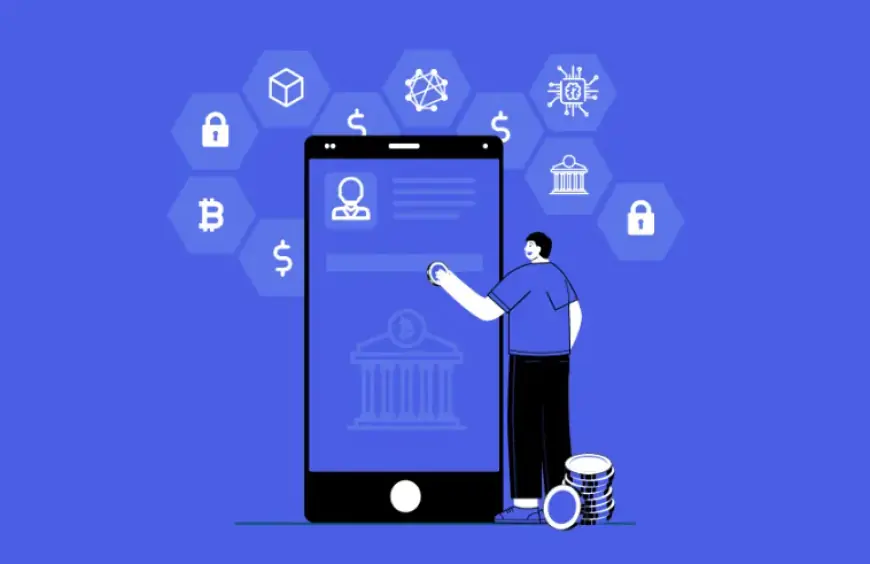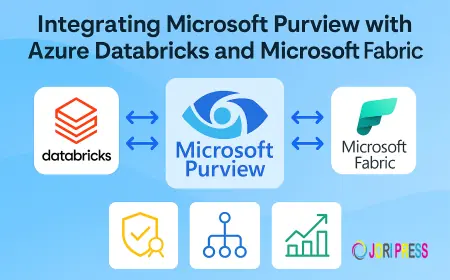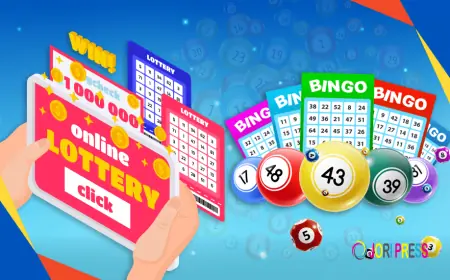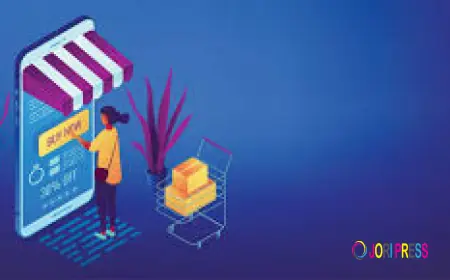Step-by-Step Breakdown of the Modern Crypto Token Development Process

The rise of blockchain has made it possible for businesses and communities to build systems where value can move without middlemen. At the center of this shift are tokens—digital units that represent ownership, access, or utility inside an application or ecosystem. As more industries adopt blockchain, the demand for well-built tokens continues to grow. But even though many people talk about tokens, far fewer understand the actual process of how they are created. Modern crypto token development is systematic and requires a mix of planning, technical skill, and clear decision-making.
This guide breaks down the entire token creation process from start to finish. It explains how teams bring a token from concept to deployment in a way that is practical and aligned with how real projects work today. Whether you are building a utility token, governance asset, loyalty system, or digital reward mechanism, understanding this process will help you make informed decisions and avoid common challenges.
Why the Token Development Process Matters Today
Tokens have gone beyond trading and speculation. They now function inside real services like gaming platforms, membership communities, loyalty programs, digital identity systems, event networks, and cross-border payment tools. A well-designed token can support user engagement, encourage participation, and create value circulation inside a business ecosystem.
The increasing demand for tokens has made the back-end development process more important than ever. Poorly designed tokens can harm trust, create technical issues, or even break the user experience. Strong planning and correct execution are essential for protecting both the business and its users. This is why many companies now collaborate with a professional token development company—to ensure the token is not just functional but dependable and secure.
Clarifying the Purpose of the Token
Every successful token begins with a clear purpose. Without a defined use case, the token becomes difficult to integrate and market. The purpose determines the token’s structure, rules, supply, and its long-term roadmap.
A token can serve multiple real functions. Some provide utility within a platform, such as granting access to features or tools. Others are used to reward participation in gaming, fitness, or educational activities. Governance tokens give users voting power to influence decisions. Payment tokens enable transactions within an ecosystem, and asset-backed tokens represent digital proof of ownership. When the purpose is defined early, it becomes easier to align all technical and economic decisions that follow.
Teams also need to decide whether the token will be used internally within a specific platform or distributed publicly. Public tokens demand higher security standards and more long-term planning. Internal tokens can be more flexible but still require structure to avoid confusion or misuse.
Choosing the Blockchain Network
The blockchain you select affects everything from transaction speed to user adoption. Each network has different strengths, costs, and capabilities, and the choice depends on your goals.
Ethereum remains the most widely used network for token creation due to its established ecosystem and support for smart contracts. Its standards such as ERC-20 and ERC-721 are the global baseline for tokens. However, Ethereum’s fees can be high during busy periods. Because of this, networks like Polygon, BNB Chain, Avalanche, Solana, and Arbitrum have gained traction. They offer lower costs, quicker transactions, and simpler scaling options.
When selecting a blockchain, teams typically consider five factors: transaction cost, developer tools, security model, compatibility with existing platforms, and long-term network stability. Most tokens today are launched on networks compatible with the Ethereum Virtual Machine because developers can use familiar tools and programming languages. This shortens the development timeline and reduces the chance of coding errors.
Designing Token Economics
Token economics—often called tokenomics—defines how the token behaves across its entire lifespan. It includes technical features and economic policies that govern supply, demand, distribution, and usage. Tokenomics must be simple enough for users to understand and stable enough to support long-term growth.
A major decision is whether the token supply will be fixed or dynamic. A fixed supply provides predictability, while mintable tokens allow ecosystems to expand gradually. Teams must also design rules for burning tokens if deflation is part of the model. Burning reduces the supply over time and can help maintain value inside the ecosystem.
Distribution is another core component. Allocation usually includes portions for users, partners, team members, ecosystem development, and reserves. Poor distribution planning creates long-term risks such as sudden supply shocks or lack of incentives for early adopters. Many successful projects adopt vesting schedules so that tokens are released gradually instead of flooding the market at once.
Token economics is one of the areas where the experience of a token development company becomes valuable, as it requires balancing business goals with technical limitations.
Smart Contract Architecture and Coding
Once the purpose, blockchain, and tokenomics are defined, developers begin writing the smart contract. This is the core of crypto token development, as the contract dictates all actions the token can perform.
Most teams start with audited open-source libraries because they are safer and reduce development time. The most common technical standard for fungible tokens is ERC-20. For NFTs, ERC-721 and ERC-1155 are widely used. These standards include functions for transfers, approvals, balance checks, and interactions with other applications.
Smart contracts must be coded with precision. A simple mistake can create a vulnerability or allow unintended actions. Coding also includes implementing safety features such as role-based access control to restrict sensitive functions. Developers also write minting, burning, pausing, or transaction control logic if required by the token's purpose.
At this stage, developers map out how the token interacts with wallets, decentralized applications, exchanges, or other smart contracts. These integrations shape the user experience and ensure the token can perform its intended role without limitation.
Testing in Controlled Environments
Before the contract touches the main blockchain, it must run through extensive testing. Test networks simulate the behavior of the actual blockchain but do not require real funds. This allows developers to check every function of the token, including transfers, approvals, minting, burning, and security controls.
Testing also includes stress tests that simulate large transaction volumes and edge cases. Developers try to break the contract intentionally to uncover weaknesses. This phase also detects any inconsistencies in tokenomics, such as flawed distribution logic or unintended transfer restrictions.
Functional testing ensures that users will not experience friction when interacting with the token. A professional token development company conducts repeat cycles of testing to confirm the token behaves consistently across all environments, wallets, and interfaces.
Smart Contract Audit and Security Review
Security is a non-negotiable element of token development. Once tokens go live, they cannot be pulled back without consequences. Any security gap can cause permanent damage. Therefore, a complete audit is a critical stage of the process.
Audits examine every line of code to detect risks like overflow errors, unrestricted access, hidden functions, or potential exploits. Some vulnerabilities occur due to logic mistakes rather than coding errors. Others stem from misconfigured permissions that allow unauthorized minting or transfer control. An audit helps identify and fix these risks before deployment.
Auditors also evaluate how the contract interacts with external libraries, wallets, and decentralized applications. They check whether the token follows the proper standards and whether functions operate as expected across different platforms.
Completing an audit reduces risks and increases trust among users, partners, and exchanges. Businesses planning public token launches generally consider audits essential.
Deploying the Token to the Main Blockchain
Once testing and auditing are complete, the token is ready for deployment. Deployment publishes the contract to the selected blockchain. This action requires paying gas fees, which vary depending on the network. On high-fee networks, deployment may cost more, while networks designed for speed and efficiency keep deployment affordable.
When the contract is deployed, it receives a unique address. This address becomes the official reference point for all token interactions. After deployment, the token becomes visible on block explorers, allowing anyone to track transfers and activities in real time.
After deployment, developers verify the contract on the block explorer. Verification lets users see the contract code and confirms that the on-chain contract matches the published source code. This adds transparency and builds trust, especially when the token is public-facing.
Token Distribution and Circulation
With the token deployed, the next step is distributing it to users or stakeholders based on the defined tokenomics. Distribution may happen through airdrops, direct transfers, vesting contracts, staking rewards, liquidity pools, or sale events.
Teams must ensure the distribution process is transparent. Users should clearly understand how many tokens are entering circulation and why. Vesting contracts are commonly used to ensure long-term commitment by team members, partners, and advisors. These contracts release tokens over time and prevent sudden market fluctuations.
Tokens intended for community use may be distributed through reward programs, platform activities, or incentive mechanisms. This early distribution plays a major role in building a real user base and activating engagement inside the ecosystem.
Integrating the Token Into Applications
A token is only valuable when people can use it. After distribution begins, teams integrate the token into the applications, games, marketplaces, or business systems where it is intended to function.
Integration may involve connecting the token to payment modules, membership systems, staking platforms, governance portals, or digital reward structures. The token must work smoothly within the user interface, so the experience feels natural. If users face friction, they may lose interest, so integration quality directly affects adoption.
This stage also includes wallet integration. Users should be able to send, receive, or store the token using trusted wallets. Providing clear instructions or automated wallet prompts makes onboarding easier.
Ongoing Maintenance and Updates
Token development does not end at deployment. Teams must maintain the smart contract environment, monitor interactions, and ensure the ecosystem remains functional as platforms evolve. Although smart contracts are immutable, surrounding systems such as web interfaces, backend APIs, and user dashboards may need updates.
Teams also monitor network congestion, fee changes, and compatibility with evolving blockchain standards. If new features are required, developers may create additional contracts or extensions that interact with the original token.
Communicating updates to the user base keeps the ecosystem engaged and strengthens trust. This long-term maintenance is one reason businesses continue working with a token development company after the initial launch.
Ecosystem Growth and Adoption Strategy
Growth is essential for the long-term success of a token. Teams must create awareness through consistent communication and community engagement. Many projects grow through partnerships, platform integrations, reward campaigns, and ongoing utility expansion.
A clear roadmap helps users understand the vision. Roadmaps typically outline future integrations, governance plans, new features, and upcoming expansions. Consistency is key—users trust ecosystems that continue delivering on their promises.
Strong user support systems help users navigate token use, storage, or troubleshooting. Growth is steady when users feel confident and informed.
Conclusion
Modern crypto token development follows a structured process that requires clear planning, strong technical foundations, and reliable security practices. From defining the token’s purpose to choosing the network, designing tokenomics, writing the contract, testing, auditing, deploying, and expanding the ecosystem, each step influences long-term success. Businesses often partner with an experienced token development company to manage these stages and reduce risks.
Tokens are now used across real industries—from gaming and payments to membership systems and digital services. The process outlined above shows that building a token is not a single event but a complete lifecycle that continues long after deployment.
For businesses ready to begin their token journey or seeking expert guidance, Wisewaytec offers strategic and technical support throughout the entire development process.
What's Your Reaction?
 Like
0
Like
0
 Dislike
0
Dislike
0
 Love
0
Love
0
 Funny
0
Funny
0
 Angry
0
Angry
0
 Sad
0
Sad
0
 Wow
0
Wow
0


















































